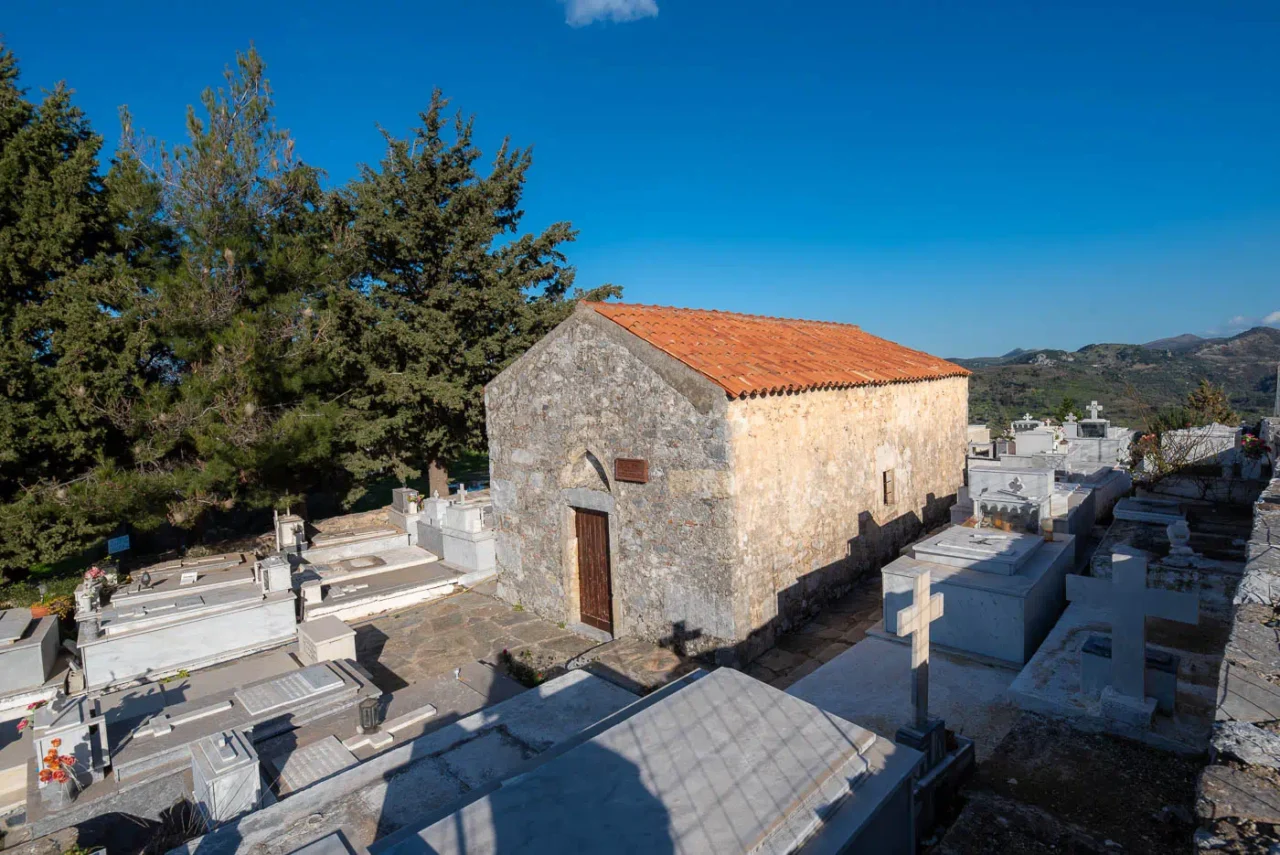
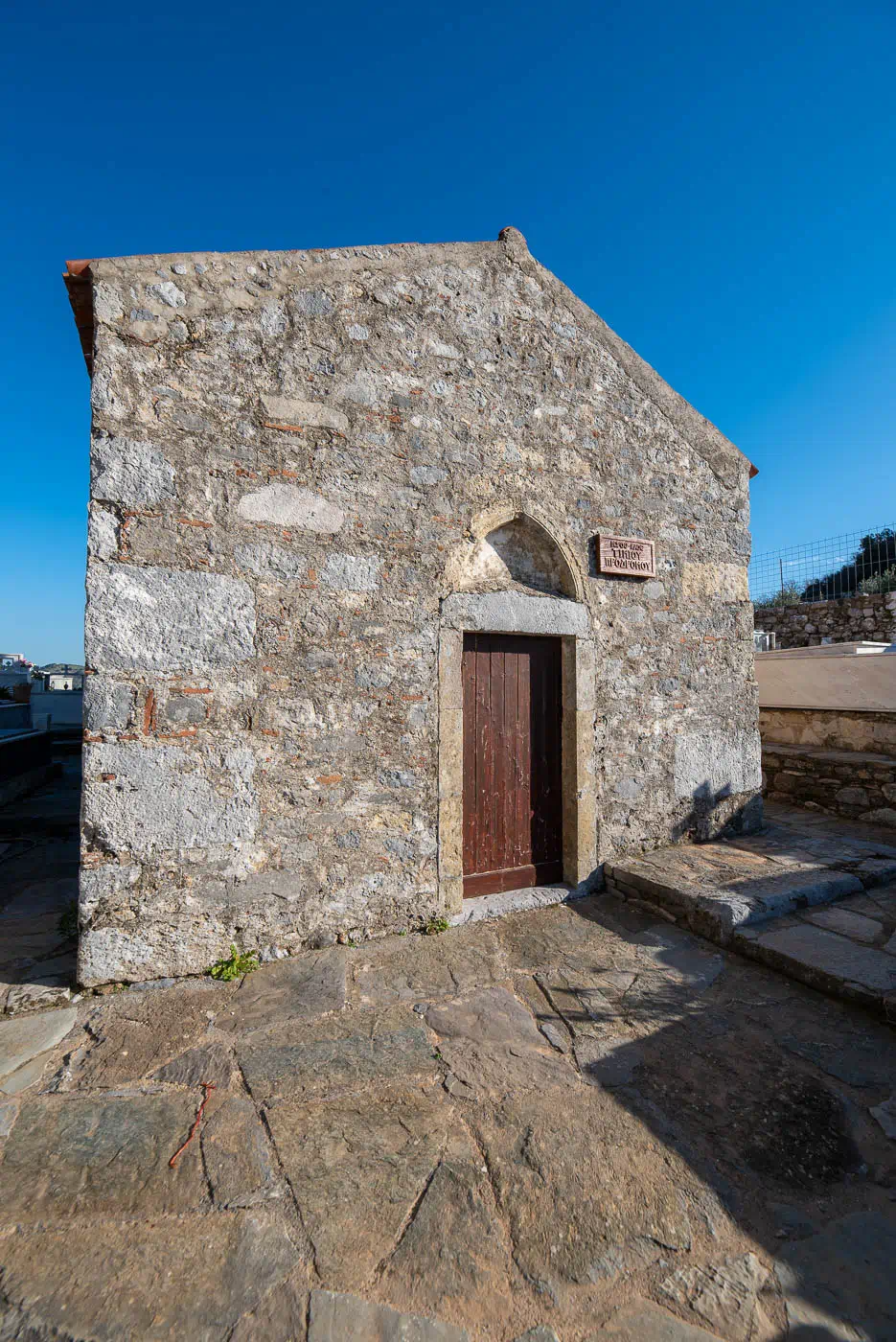
The Church of Agios Ioannis Prodromos (Saint John the Baptist) stands as a testament to the rich Byzantine heritage of Axos, Crete. Located in the village’s cemetery, north of the hill of Ancient Axos, the church is one of the many religious structures that dot the landscape, reflecting the area’s flourishing past from the Greco-Roman era to the late Byzantine years.
Architectural Features
The church’s architecture is notable for its integration with the remains of an earlier Paleo-Christian basilica. Remnants of the basilica’s semicircular apse and mosaic floor are still visible, adding a layer of historical depth to the site. The church itself is a single-nave structure, a common form in Byzantine architecture, designed for congregational worship and adorned with religious art.
Artistic Treasures
The interior of Agios Ioannis Prodromos is adorned with well-preserved 14th-century frescoes, offering a glimpse into the artistic expressions of the late Byzantine period. These frescoes depict scenes from the life of Saint John the Baptist, a central figure in Christian tradition, as well as other religious themes such as the Hand of God holding souls and depictions of the damned at the Last Judgment. The vivid colors and detailed compositions of these frescoes provide valuable insights into the religious beliefs and artistic styles of the time.
Historical Context
The church’s location in the cemetery underscores its role in the religious and social life of the community. Cemeteries were not only places of burial but also gathering spaces for religious ceremonies and commemorations. The presence of the earlier basilica suggests a continuity of Christian worship at the site, highlighting the enduring importance of religion in the region.
Preservation and Significance
The Church of Agios Ioannis Prodromos is a protected historical monument, recognized for its architectural and artistic value. Efforts have been made to preserve the frescoes and other features of the church, ensuring that this cultural treasure remains accessible to future generations. The church stands as a reminder of Axos’ rich history and the enduring legacy of Byzantine art and architecture in Crete.
- Construction Period: 14th century (built upon the remains of an earlier Paleo-Christian basilica)
- Location: Axos cemetery, north of the hill of Ancient Axos
- Historical Significance: Illustrates the continuity of Christian worship in Axos from the Paleo-Christian to the late Byzantine period; showcases well-preserved 14th-century frescoes.
- Current Status: Protected historical monument; open to the public.













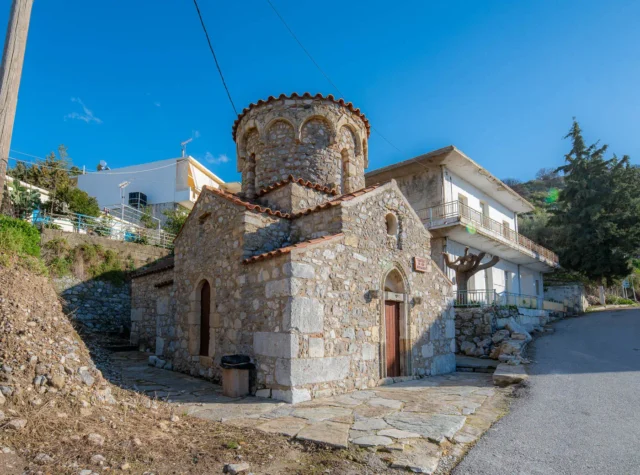
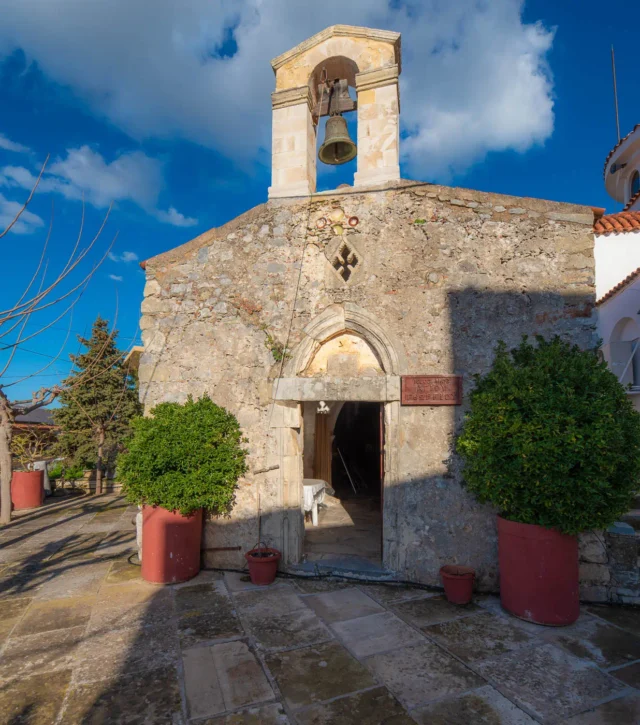

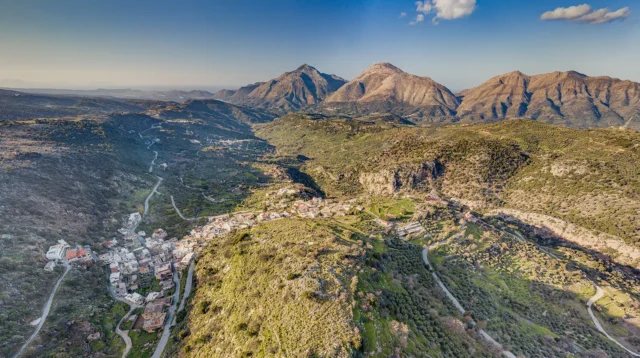


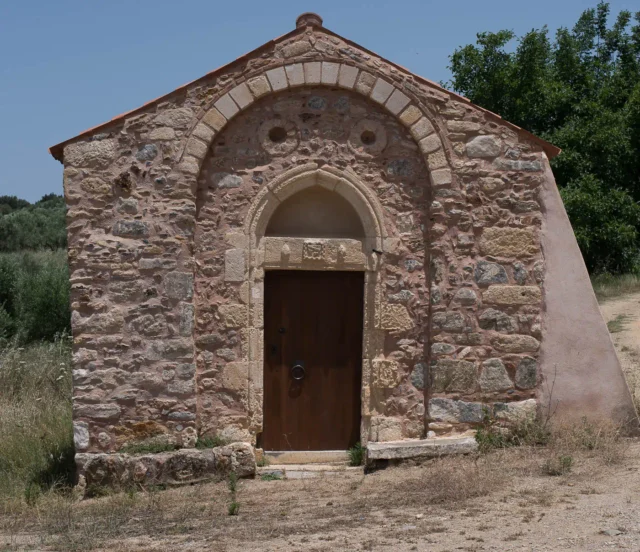


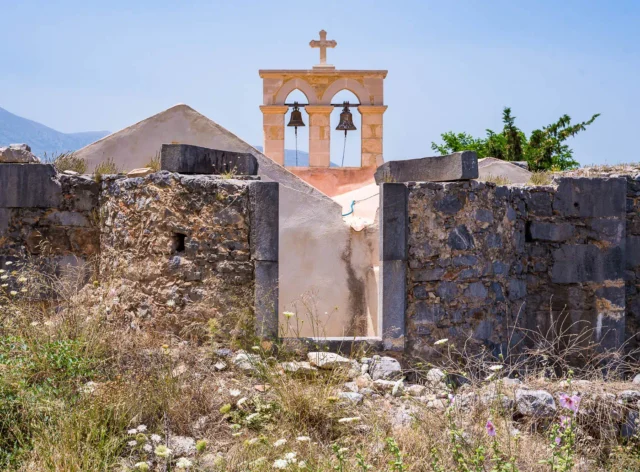
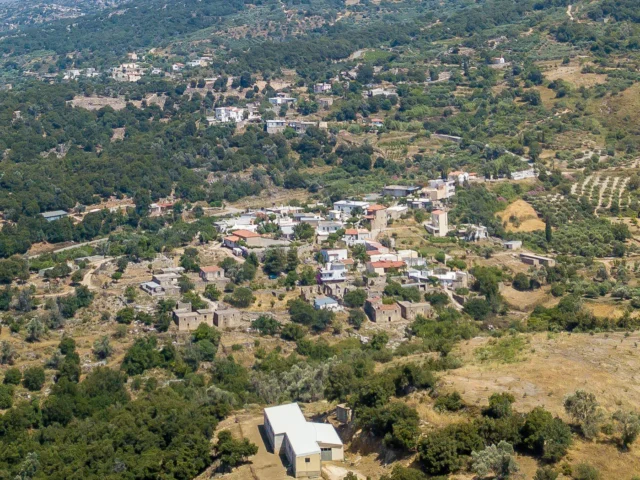


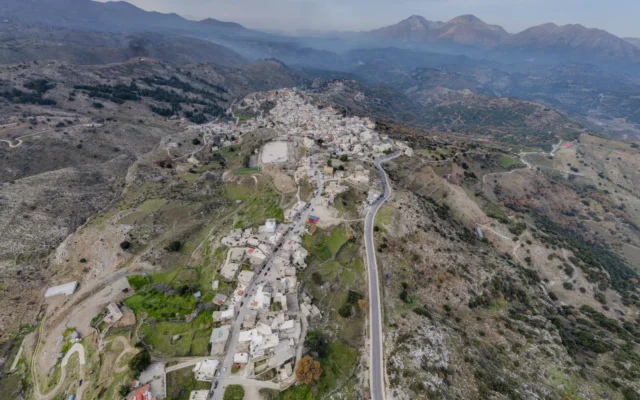
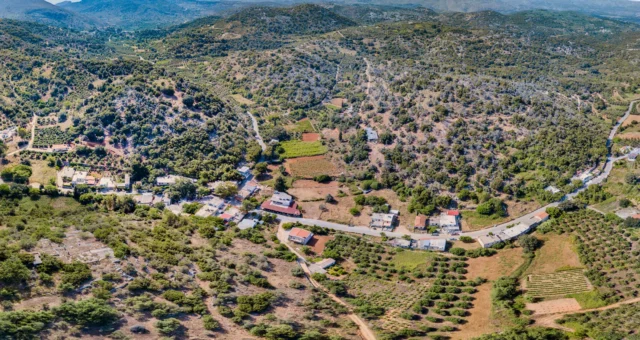

There are no comments yet.